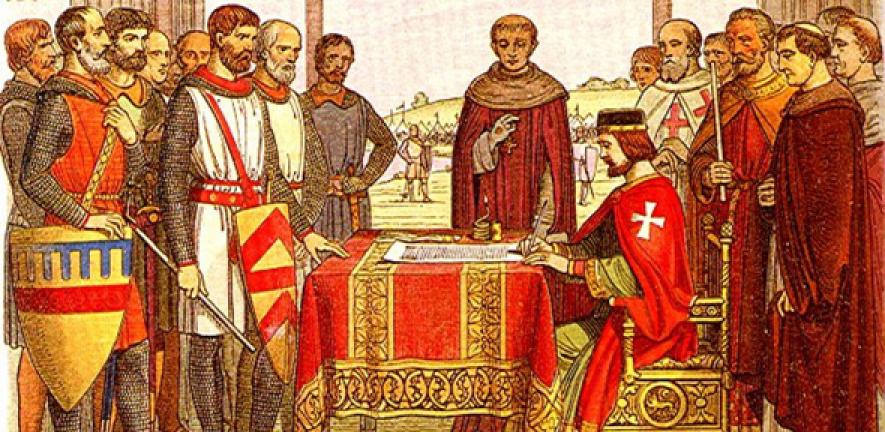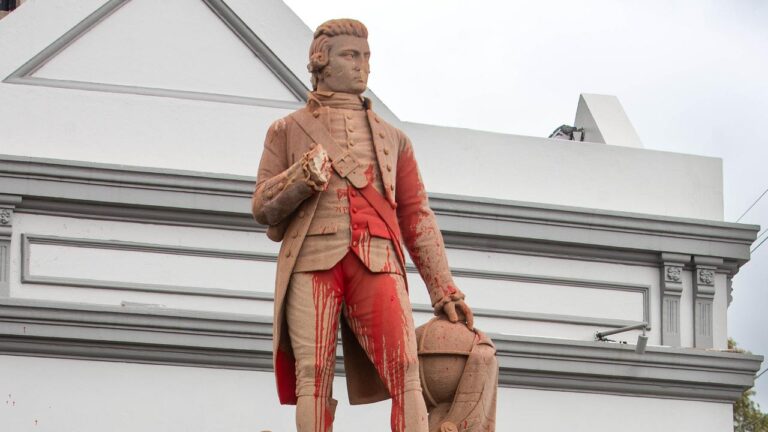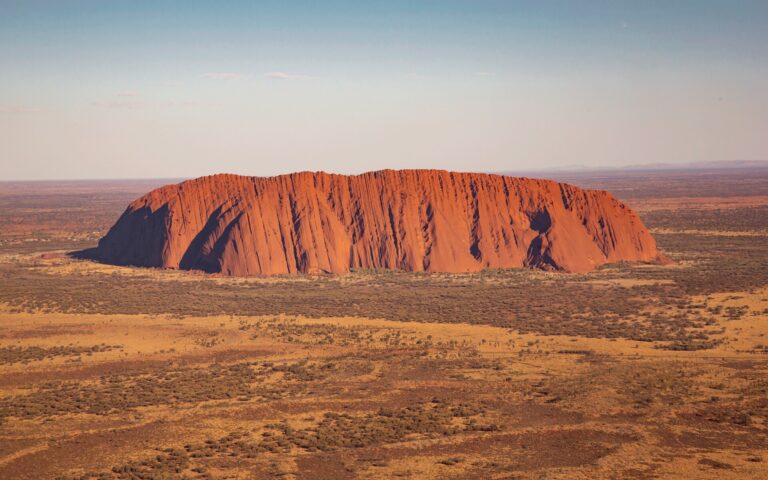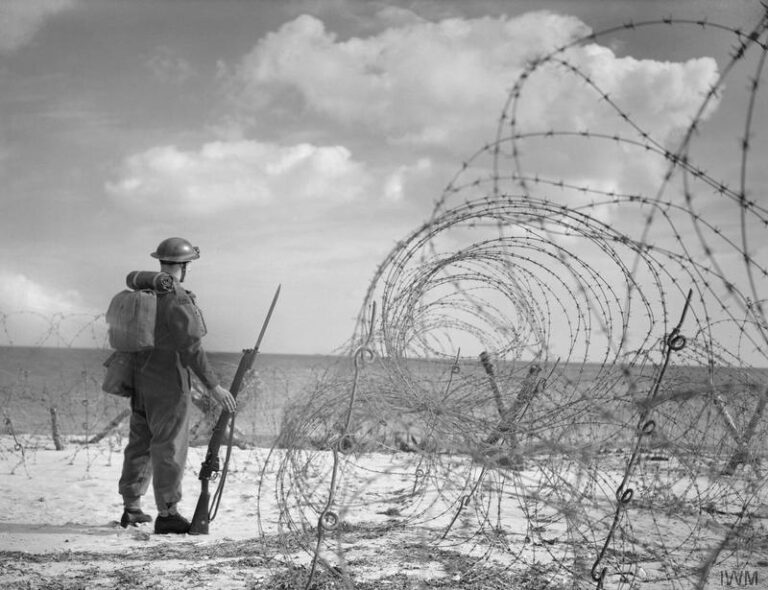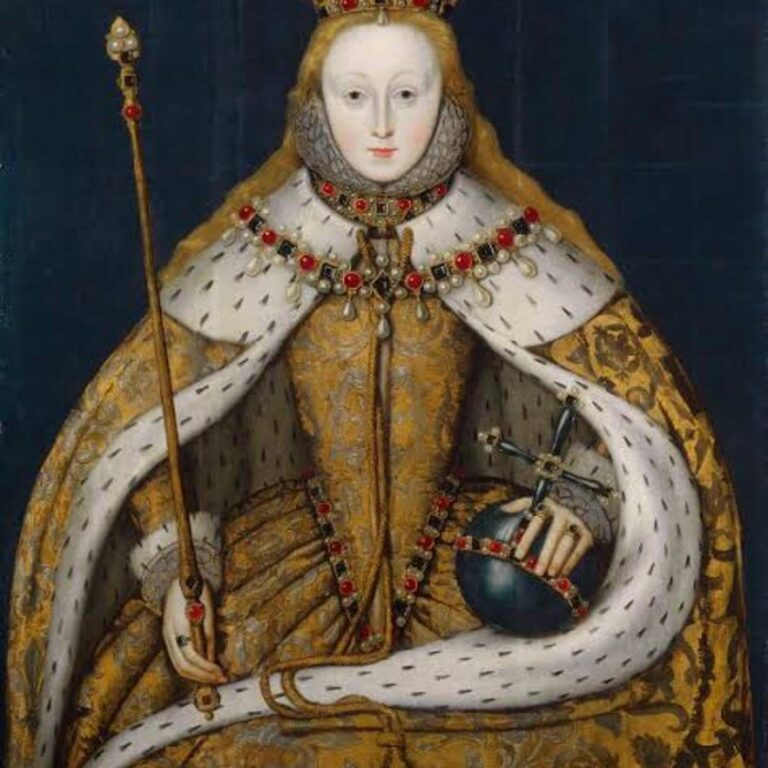For many the Magna Carta (Great Charter) evokes awe and reverence as the beginning of the journey to the Parliamentary democracy we enjoy today. For its detractors, it is a tedious laundry list of Baronial demands. The latter may be true, but it does not diminish from its significance or what it heralded. Yet it is little understood that the Magna Carta that King John was forced to apply his seal to (not sign) by the rebel Barons at Runnymede in June 1215, was not a legal document since King John’s assent to it was gained under duress. In addition, the Barons had not involved the Papal Legate in negotiations, nor had the Pope agreed to it. The document lasted less than seven weeks before it was annulled.
Pope Innocence III declared, “we utterly reprobate and condemn any agreement of this kind, forbidding, under ban of our anathema, the fore said king to presume to observe it.”
The Pope was King John’s spiritual as well as feudal overlord. It was not until 1225, that a reissued Magna Carta came into being that both the Barons, the new King and the Pope could agree to. The Magna Carta was a decade long process and, while not the first Charter, it is the one which has had the most lasting impact, shaping the legal and governance systems of both Commonwealth countries and the U.S.A. alike.
It is important to realise that the Charter is not an abstract document dreamt up by the King’s liberal think tank. The context for the document is civil war between King John and a sizable group of rebelling Barons. The first Magna Carta represents the concessions (drafted in medieval Latin) that the Barons hoped to exact from the King. The war had come about because, under the reign of King John (a French speaking King as were the Barons also) the last of the Angevin Empire on the continent had been lost. The King had then fought a costly war against the King of France to regain his continental possessions. This war King John lost, and his treasury was now empty. King John applied extortionate taxation on the barons to wage yet more war, seizing castles if the Barons could or would not pay.
About two thirds of the two hundred or so Barons of England revolted (some might call it treason) then occupied the powerful city of London. Meanwhile, the King’s army was largely intact outside of London, leading to a stalemate. The Barons brought their grievances to the King. It was a kind of peace treaty between the King and the Barons, yet heavily weighted in the Barons’ favour. The Charter stated that the King granted concessions by his “free and spontaneous will” yet no such expression of spontaneity was attached to the concessions of the Barons. The King acceded to it because he had no choice.
The role of the Pope in Magna Carta is rarely heard. In 1209, Pope Innocence III had excommunicated King John after a dispute placing the King’s immortal soul in peril. Over the next few years, King John worked to resolve this dispute and, in 1213, he submitted himself both spiritually and materially to the Pope. From 1213 on, King John was unable to enter into agreements affecting the realm without the Pope’s express agreement.
Then in July 1216, the Pope died. A few months later in October of the same year, King John also passed away. These two deaths were fortuitous as there was hope that the Barons could rally around the new King. Yet there were two problems. Firstly, the new King Henry III was just nine years old and therefore unable to rule in his own right. He would more than likely be murdered by ambitious relatives. Secondly, a group of rebel Barons had already invited the Son of the King of France, Prince Louis, to take the English throne. Louis, along with 7000 troops under his command, had occupied London.
Enter the good and honourable knight. William Marshall was the younger son of a minor nobleman with no lands to inherit. He was seventy years old when he became Protector of the young King and Regent of the kingdom. He had been elected by those Barons who had rallied around Henry to be the Regent, as he was regarded as a most chivalric Knight. In 1216, while Prince Louis was in London, Marshall reissued Magna Carta, removing the controversial clauses, and this time with the accord of the Papal Legate. This version was rejected by the Barons and Prince Louis would never agree to it.
In 1217, William Marshall, well past active-duty retirement age for a knight, led an army against the rebel Barons, who had sided with Prince Louis, defeating their army at Lincoln. Then, as Marshal moved on London, Hubert de Burgh was victorious over the French fleet, terminating the war. In September 1217, in a renewed position of strength, Marshal reissued Magna Carta but with very generous terms for the defeated under the circumstances. He even paid for Louis to give up his aspirations for the English Crown. For this he has been criticised, and it is speculated that for this reason, he is not as well remembered as he should be. Yet he had brokered a lasting peace amongst the nobility of England. When he died in 1219, he was buried in Temple Church, London, where his tomb can be seen today.
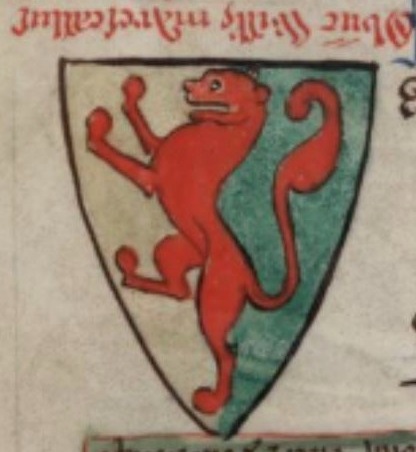
When the King came of age in 1225, the fourth Magna Carta was issued and this time, all parties could “sign” free of any coercion. It is, therefore, the 1225 version, Magna Carta IV, that is the legal document agreed to by all parties by “free and spontaneous will,” albeit maybe begrudgingly on some points. Yet the King did not make these concessions for nought. In exchange for acceding to Magna Carta, the King would receive taxation via “the common counsel of the realm.” This can be said to be the birth of Parliament and the concept of no taxation without representation – the catch cry of the American rebels in the 1770s.
Up until this point, only the context of the document has been given, save perhaps one key outcome. To be sure Magna Carta does contain a dreary list of ambit claims by the Barons, yet it also contains clauses which echo down the centuries to us and are largely taken for granted. Most notable of these is clause 39.
No free man shall be seized or imprisoned, or stripped of his rights or possessions, or outlawed or exiled, or deprived of his standing in any other way, nor will we proceed with force against him, or send others to do so, except by the lawful judgement of his equals or by the law of the land. To no one will we sell, to no one deny, or delay right or justice.
Thus, it paved the way for adherence to the rule of law, binding the King also to the law, the end to arbitrary imprisonment, the right to swift justice and, most importantly perhaps, individual property rights. Yet it is worth noting that only perhaps 1 in 10 men in England could be considered free men, in that they owned considerable property. The others were not free in that they were feudally tied to the land and their lord. It is also important to note what Magna Carta did not represent. It is in no way heralding the rise of democratic (rule ‘cracy’ by the people ‘demos’) societies, though it is perhaps a first step. The term “trial by Jury” is also nowhere to be found in the document, though perhaps hinted at.
Strangely for the next 500 years not much was heard of Magna Carta. The Tudor Monarchs never mentioned it once. It was not until the Glorious Revolution of 1689, that elements of the Charter re-emerged to be incorporated in the English Bill of Rights presented to King William of Orange as the terms of his Kingship under parliamentary sovereignty. In the Declaration of Independence of 1776 its basic tenets are also found, though enforcement in the U.S.A. is through the Supreme Court rather than via the Parliament as in the case of the UK and the Commonwealth.
Magna Carta is now over 800 years old. In 1297, Magna Carta was reaffirmed by Henry III’s successor, Edward I, and it is one of this issue that resides in Parliament House, Canberra Magna Carta – Parliament of Australia (aph.gov.au). It is the only one of four extant copies and the only one in the Southern Hemisphere.

